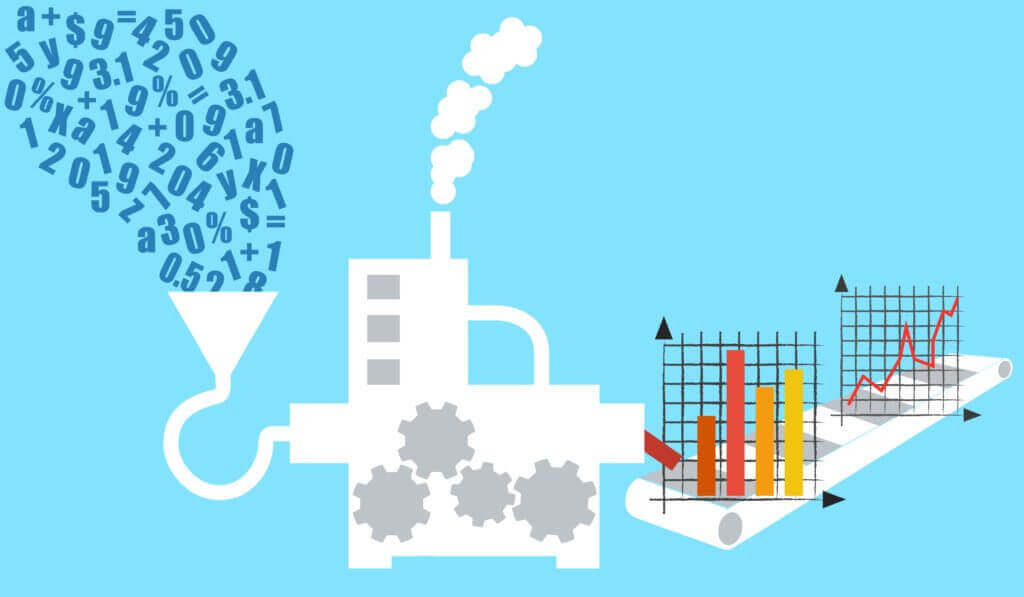
In 2017, it’s clear that the hospitality industry needs to prepare for even more disruptions that will unfold over the coming year. Airbnb, OTAs, start-ups, big data companies and loyalty program changes will remain the focal points to stay across this year.
As a hotel digital or revenue manager, you could get caught up in the hype, continue the passive trend of waiting for another player to make a bold move, and then take 18 months to ‘assess the opportunity.’
We’ve all seen it, and it’s time someone said it – hotels suck at revenue innovation.
In the spirit of the new year, I’ve put together a simple, actionable list hotels can take to improve the guest experience, create new levels of personalization, and generate new revenue in the process.
Sound good? Well, keep reading.
In my comprehensive 12-step revenue innovation guide, I lay out a data-driven innovation plan designed to meet the needs of the modern, sophisticated hotel. Hotel guests are demanding more, more often.
The secret to understanding what travelers really want is hiding within your existing dark data. Unlocking these insights is where the magic happens. Here are a few steps your hotel can take right now to start boosting revenues using data and analytical insight:
-
Improve digital communication
Your hotel sends regular email communication to previous guests, right? What intelligence is being collected around this communication?
At very least, in addition to standard metrics you should be collecting, and acting on:-
- Where in the world is this customer, and what device are they using? (Are they at home? In the air? On a mobile or tablet?) These essential data points are highly valuable in how your guests will respond to your communication.
- If this guest has previously paid full price for a suite or premium room why are you sending an email with ‘book direct for the best rate’?
- Is the guest part of your loyalty program? Would they have qualified for status if they were a member?
- Capture data on opens, clicks, and forwarding. This data allows for creating a structured network of which guests know other guests and where they interact with emails (for example, maybe 90% of emails are opened in airline lounges).
Read rest of the article at Travel Data Daily




